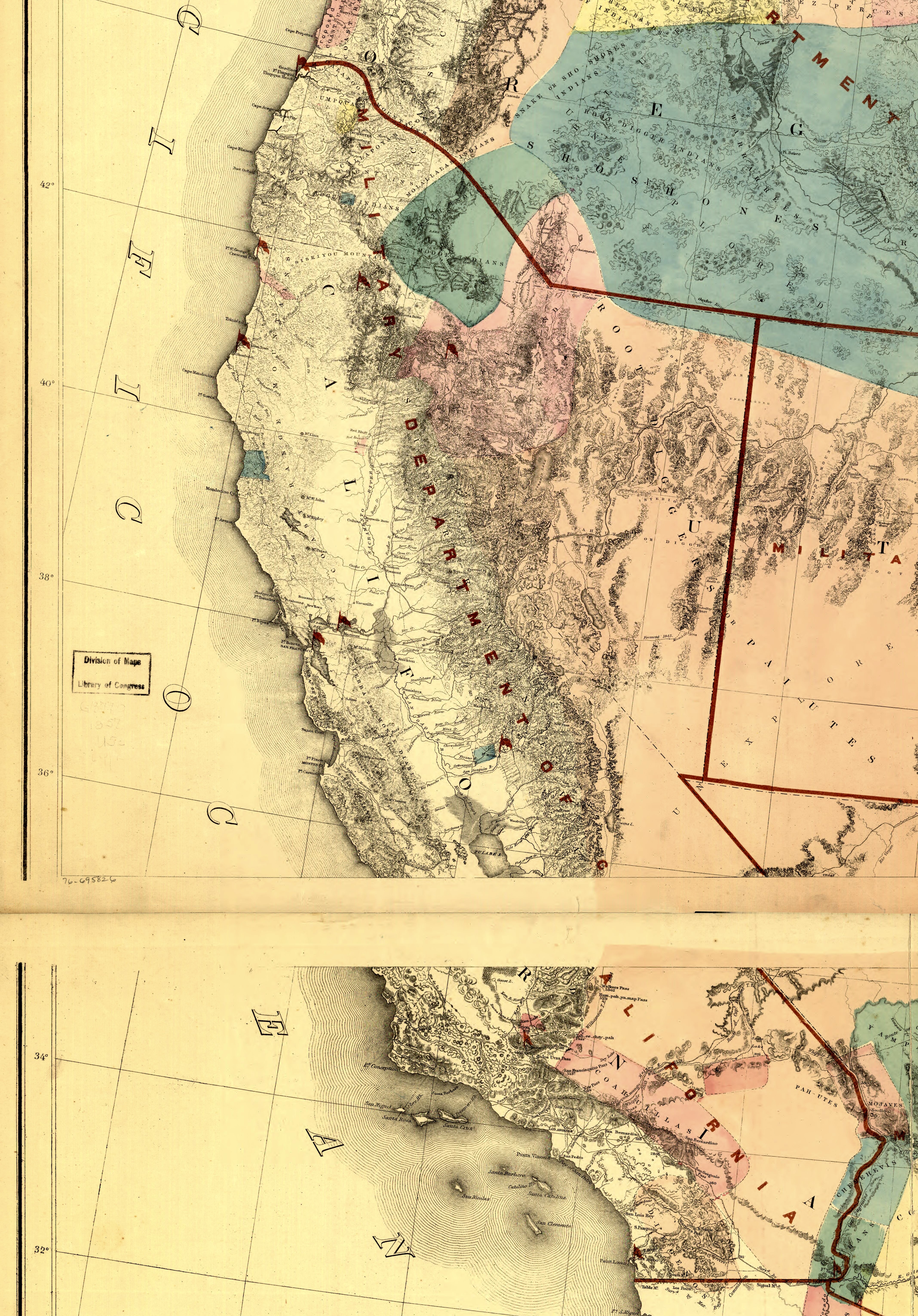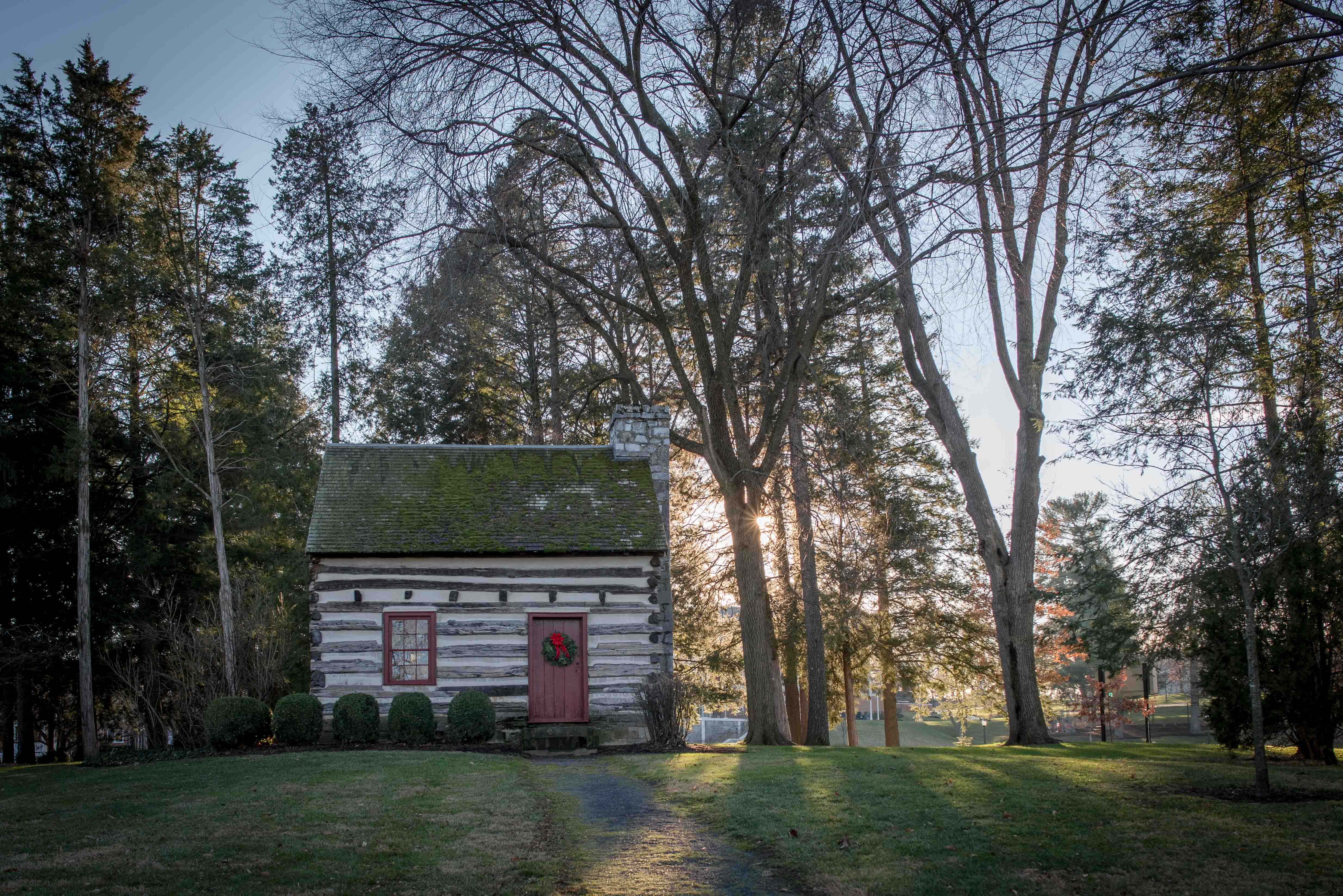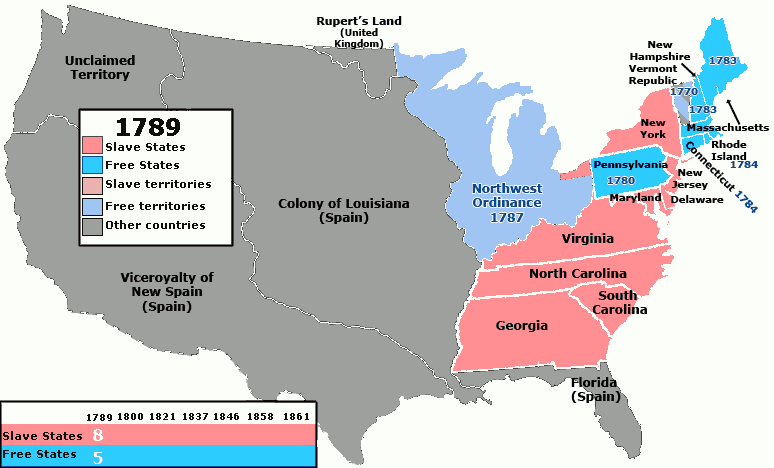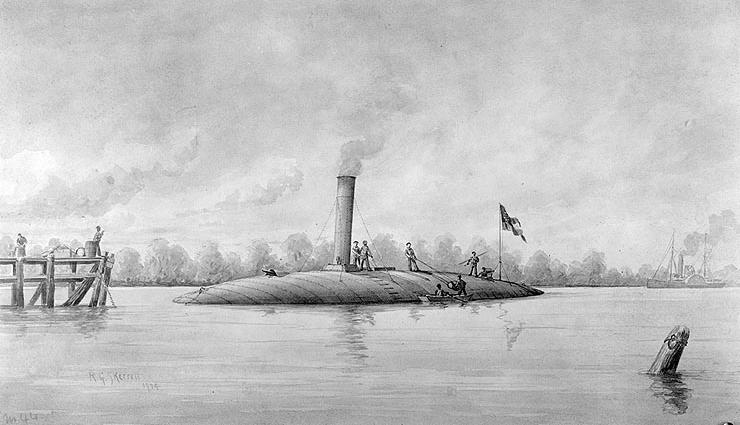|
California In The American Civil War
California's involvement in the American Civil War included sending gold east to support the war effort, recruiting volunteer combat units to replace regular U.S. Army units sent east, in the area west of the Rocky Mountains, maintaining and building numerous camps and fortifications, suppressing secessionist activity (many of these secessionists went east to fight for the Confederate States of America, Confederacy) and securing the New Mexico Territory against the Confederacy. The state of California did not send its units east, but many citizens traveled east and joined the Union Army there. Democrats had dominated the state from its inception, and Southern Democrats were sympathetic to secession. Although they were a minority in the state, they had become a majority in Southern California and Tulare County, California, Tulare County, and large numbers resided in San Joaquin County, California, San Joaquin, Santa Clara County, California, Santa Clara, Monterey County, California, ... [...More Info...] [...Related Items...] OR: [Wikipedia] [Google] [Baidu] |
Military Department Of California 1858
A military, also known collectively as armed forces, is a heavily Weapon, armed, highly organized force primarily intended for warfare. Militaries are typically authorized and maintained by a sovereign state, with their members identifiable by a distinct military uniform. They may consist of one or more military branches such as an army, navy, air force, space force, marines, or coast guard. The main task of a military is usually defined as defence of their state and its interests against external armed threats. In broad usage, the terms "armed forces" and "military" are often synonymous, although in technical usage a distinction is sometimes made in which a country's armed forces may include other paramilitary forces such as armed police. Beyond warfare, the military may be employed in additional sanctioned and non-sanctioned functions within the state, including internal security threats, crowd control, promotion of political agendas, emergency services and reconstructi ... [...More Info...] [...Related Items...] OR: [Wikipedia] [Google] [Baidu] |
District Of Oregon (military)
The District of Oregon was a Union Army command department formed during the American Civil War. History The District of Oregon was part of the independent Department of the Pacific reconstituted by consolidating the Departments of California and Oregon, which was created on January 15, 1861 when the Army was reorganized. The district was created the same day, and comprised the same territory as the former Department of Oregon, the state of Oregon (except for the areas of the Rogue River and Umpqua River in Southern Oregon) and Washington Territory, with headquarters at Fort Vancouver in Washington Territory. On March 3, 1865 the district included Idaho Territory after it was formed from the eastern part of Washington Territory. On March 14, 1865, the District of Oregon was extended to include the entire state of Oregon. On July 27, 1865 the Military Division of the Pacific was created under Major General Henry W. Halleck, replacing the Department of the Pacific. It co ... [...More Info...] [...Related Items...] OR: [Wikipedia] [Google] [Baidu] |
Partition And Secession In California
California, the most populous state in the United States and third largest in area after Alaska and Texas, has been the subject of more than 220 proposals to divide it into multiple states since its admission to the Union in 1850, including at least 27 significant proposals prior to the 21st century. In addition, there have been some calls for the secession of multiple states or large regions in the American West (such as the proposal of Cascadia) which often include parts of Northern California. Prior California partitions California was partitioned in its past, prior to its admission as a state in the United States. What under Spanish rule was called the Province of Las Californias (1768–1804), that stretched almost from north to south, was divided into Alta California (Upper California) and Baja California (Lower California) in 1804. The division occurred on a line separating the Franciscan missions in the north from the Dominican missions in the south, with Mis ... [...More Info...] [...Related Items...] OR: [Wikipedia] [Google] [Baidu] |
John Fremont
John is a common English name and surname: * John (given name) * John (surname) John may also refer to: New Testament Works * Gospel of John, a title often shortened to John * First Epistle of John, often shortened to 1 John * Second Epistle of John, often shortened to 2 John * Third Epistle of John, often shortened to 3 John People * John the Baptist (died ), regarded as a prophet and the forerunner of Jesus Christ * John the Apostle (died ), one of the twelve apostles of Jesus Christ * John the Evangelist, assigned author of the Fourth Gospel, once identified with the Apostle * John of Patmos, also known as John the Divine or John the Revelator, the author of the Book of Revelation, once identified with the Apostle * John the Presbyter, a figure either identified with or distinguished from the Apostle, the Evangelist and John of Patmos Other people with the given name Religious figures * John, father of Andrew the Apostle and Saint Peter * Pope John (dis ... [...More Info...] [...Related Items...] OR: [Wikipedia] [Google] [Baidu] |
Millard Fillmore
Millard Fillmore (January 7, 1800 – March 8, 1874) was the 13th president of the United States, serving from 1850 to 1853. He was the last president to be a member of the Whig Party while in the White House, and the last to be neither a Democrat nor a Republican. A former member of the U.S. House of Representatives, Fillmore was elected vice president in 1848, and succeeded to the presidency when Zachary Taylor died in 1850. Fillmore was instrumental in passing the Compromise of 1850, which led to a brief truce in the battle over the expansion of slavery. Fillmore was born into poverty in the Finger Lakes area of upstate New York. Though he had little formal schooling, he studied to become a lawyer. He became prominent in the Buffalo area as an attorney and politician, and was elected to the New York Assembly in 1828 and the House of Representatives in 1832. Fillmore initially belonged to the Anti-Masonic Party, but became a member of the Whig Party as it formed in t ... [...More Info...] [...Related Items...] OR: [Wikipedia] [Google] [Baidu] |
James Buchanan
James Buchanan Jr. ( ; April 23, 1791June 1, 1868) was the 15th president of the United States, serving from 1857 to 1861. He also served as the United States Secretary of State, secretary of state from 1845 to 1849 and represented Pennsylvania in both houses of the U.S. Congress. Buchanan was an advocate for states' rights, particularly regarding Slavery in the United States, slavery, and minimized the role of the Federal government of the United States, federal government preceding the American Civil War. Buchanan was a lawyer in Pennsylvania and won his first election to the state's Pennsylvania House of Representatives, House of Representatives as a Federalist Party, Federalist. He was elected to the U.S. House of Representatives in 1820 and retained that post for five terms, aligning with Andrew Jackson's Democratic Party (United States), Democratic Party. Buchanan served as Jackson's List of ambassadors of the United States to Russia, minister to Russia in 1832. He won t ... [...More Info...] [...Related Items...] OR: [Wikipedia] [Google] [Baidu] |
Slave States And Free States
In the United States before 1865, a slave state was a state in which slavery and the internal or domestic slave trade were legal, while a free state was one in which they were prohibited. Between 1812 and 1850, it was considered by the slave states to be politically imperative that the number of free states not exceed the number of slave states, so new states were admitted in slave–free pairs. There were, nonetheless, some slaves in most free states up to the 1840 census, and the Fugitive Slave Clause of the U.S. Constitution, as implemented by the Fugitive Slave Act of 1793 and the Fugitive Slave Act of 1850, provided that a slave did not become free by entering a free state and must be returned to his or her owner. Enforcement of these laws became one of the controversies that arose between slave and free states. By the 18th century, slavery was legal throughout the Thirteen Colonies, but at the time of the American Revolution, rebel colonies started to abolish the pra ... [...More Info...] [...Related Items...] OR: [Wikipedia] [Google] [Baidu] |
Compromise Of 1850
The Compromise of 1850 was a package of five separate bills passed by the United States Congress in September 1850 that temporarily defused tensions between slave and free states during the years leading up to the American Civil War. Designed by Whig senator Henry Clay and Democratic senator Stephen A. Douglas, with the support of President Millard Fillmore, the compromise centered on how to handle slavery in recently acquired territories from the Mexican–American War (1846–48). The provisions of the compromise were: * approved California's request to enter the Union as a free state * strengthened fugitive slave laws with the Fugitive Slave Act of 1850 * banned the slave trade in Washington, D.C. (while still allowing slavery itself there) * defined northern and western borders for Texas while establishing a territorial government for the Territory of New Mexico, with no restrictions on whether any future state from this territory would be free or slave * establis ... [...More Info...] [...Related Items...] OR: [Wikipedia] [Google] [Baidu] |
Confederate Privateer
The Confederate privateers were privately owned ships that were authorized by the government of the Confederate States of America to attack the shipping of the United States. Although the appeal was to profit by capturing merchant vessels and seizing their cargoes, the government was most interested in diverting the efforts of the Union Navy away from the blockade of Southern ports, and perhaps to encourage European intervention in the conflict. At the beginning of the American Civil War, the Confederate government sought to counter the United States Navy in part by appealing to private enterprise worldwide to engage in privateering against United States shipping. Privateering was the practice of fitting ordinary private merchant vessels with modest armament, then sending them to sea to capture other merchant vessels in return for monetary reward. The captured vessels and cargo fell under customary prize rules at sea. Prizes would be taken to the jurisdiction of a competent court, ... [...More Info...] [...Related Items...] OR: [Wikipedia] [Google] [Baidu] |
Apache
The Apache ( ) are several Southern Athabaskan language-speaking peoples of the Southwestern United States, Southwest, the Southern Plains and Northern Mexico. They are linguistically related to the Navajo. They migrated from the Athabascan homelands in the north into the Southwest between 1000 and 1500 CE. Apache bands include the Chiricahua, Jicarilla Apache, Jicarilla, Lipan Apache people, Lipan, Mescalero, Mimbreño Apache, Mimbreño, Salinero Apaches, Salinero, Plains Apache, Plains, and Western Apache (San Carlos Apache Indian Reservation, Aravaipa, Pinaleño Mountains, Pinaleño, Fort Apache Indian Reservation, Coyotero, and Tonto Apache, Tonto). Today, Apache tribes and Indian reservation, reservations are headquartered in Arizona, New Mexico, Texas, and Oklahoma, while in Mexico the Apache are settled in Sonora, Chihuahua, Coahuila and areas of Tamaulipas. Each Native American tribe, tribe is politically autonomous. Historically, the Apache homelands have consisted of ... [...More Info...] [...Related Items...] OR: [Wikipedia] [Google] [Baidu] |
Confederate Army
The Confederate States Army (CSA), also called the Confederate army or the Southern army, was the military land force of the Confederate States of America (commonly referred to as the Confederacy) during the American Civil War (1861–1865), fighting against the United States forces to support the rebellion of the Southern states and uphold and expand the institution of slavery. On February 28, 1861, the Provisional Confederate Congress established a provisional volunteer army and gave control over military operations and authority for mustering state forces and volunteers to the newly chosen Confederate States president, Jefferson Davis (1808–1889). Davis was a graduate of the United States Military Academy, on the Hudson River at West Point, New York, and colonel of a volunteer regiment during the Mexican–American War (1846–1848). He had also been a United States senator from Mississippi and served as U.S. Secretary of War under 14th president Franklin Pierce. ... [...More Info...] [...Related Items...] OR: [Wikipedia] [Google] [Baidu] |
Fort Sumter
Fort Sumter is a historical Coastal defense and fortification#Sea forts, sea fort located near Charleston, South Carolina. Constructed on an artificial island at the entrance of Charleston Harbor in 1829, the fort was built in response to the War of 1812, which had exposed the inadequacy of existing American coastal fortifications to defend against naval attacks. Fort Sumter was still incomplete in 1861 when it was attacked by Confederate Forces during the Battle of Fort Sumter on April 12, sparking the American Civil War; the fort was severely damaged during the battle and left in ruins. Although there were some efforts at reconstruction after the war, Fort Sumter as conceived was never completed. Since the middle of the 20th century, the fort has been open to the public as part of the Fort Sumter and Fort Moultrie National Historical Park, operated by the National Park Service. History The building of Fort Sumter Named after Continental Army officer Thomas Sumter, Fort Sumter ... [...More Info...] [...Related Items...] OR: [Wikipedia] [Google] [Baidu] |








